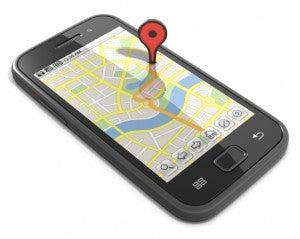
Smart Phone Technology Measures Earthquakes
What do a smart phone’s GPS system and a seismograph have in common?
Tags: Earthquake
